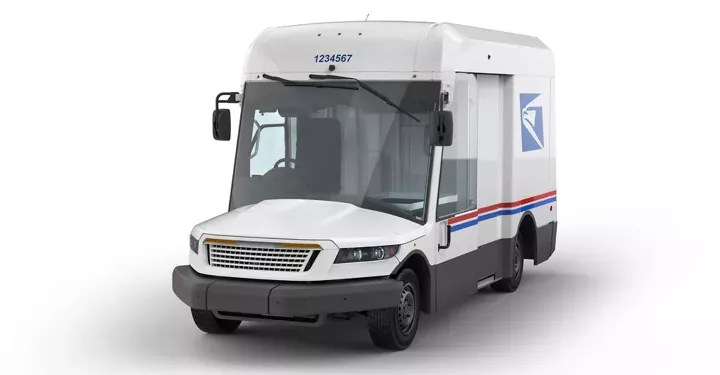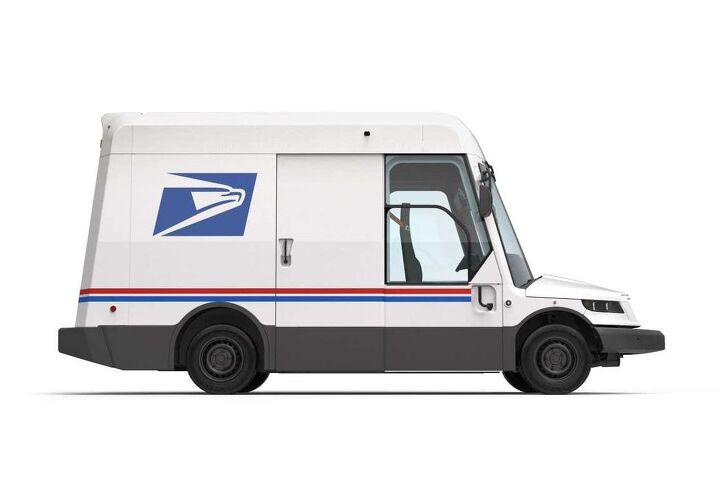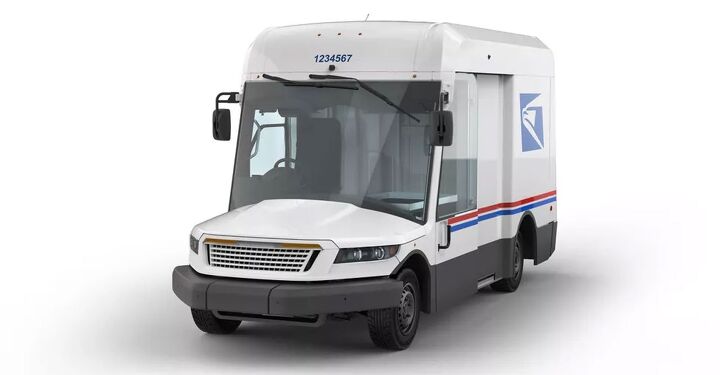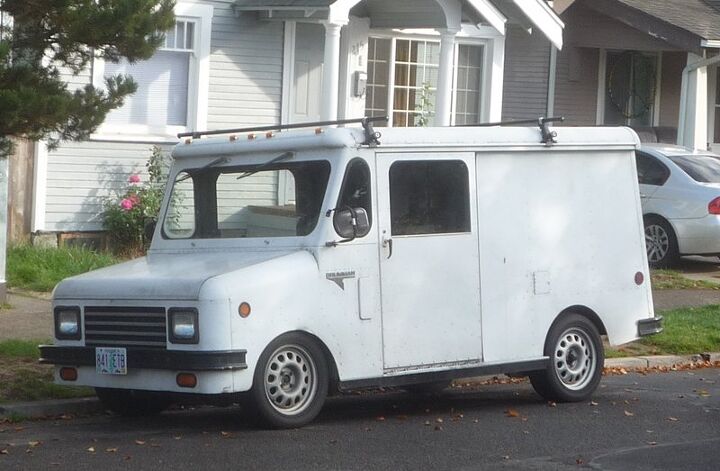#GrummanLlv
U.S. Postal Service Now Doubling EV Orders
Under sustained pressure from the White House to embrace all-electric vehicles, the United States Postal Service (USPS) has reportedly opted to more-than double its initial order of EVs. Considering the agency's previous concerns that electric vehicles might not be well suited to rural communities and would be too expensive to field en masse, this is an unexpected turn of events.
UAW & Green Lobby Sue USPS Over Not Prioritizing EVs
On Thursday, The UAW and a group of environmental groups based in the United States filed numerous lawsuits in an effort to block the U.S. Postal Service (USPS) from moving forward with plants to purchase gasoline-powered next-gen delivery vehicles (NGDVs) from Oshkosh Defense. The suits are being launched on the grounds that the USPS failed to comply with environmental regulations and went back on an earlier promise to field all-electric variants.
They’re supported by the White House — which launched an initiative to convert the entire federal fleet into battery electric vehicles last year — and congressional Democrats that were angered after the Postal Service went against the Biden administration’s request to prioritize EVs. The president and the Environmental Protection Agency (EPA) even went so far as to request that the USPS to hold off on the $11.3 billion contract with Oshkosh so electric options can be reevaluated. However, Postmaster General Louis DeJoy has repeatedly stated that it’s not realistic to field a significant number of electric vehicles and that the mail service would need additional funding from the government to consider such a move.
Mail's Here: USPS Picks Oshkosh Defense NGDV
The United States Postal Service (USPS) has revealed its new mail truck after a 6-year competition, selecting the duck-billed option from Wisconsin-based defense contractor Oshkosh. Its Next Generation Delivery Vehicle (NGDV) will officially replace the Grumman Long Life Vehicle (LLV) starting in 2023. Though the LLV spent the last 20 years being gradually supplanted by anything large enough to haul a bag of mail, it’s technically the last vehicle commissioned for use by the USPS.
Sadly, the postal service’s decision also represents a major loss for Ohio-based Workhorse. Its battery electric W-15 seemed to represent the government’s greener ambitions and was capable of 80-mile journeys before a gasoline-powered range extender kicks on. While a smart design, we think the manufacturer would have been better served by having ties to the military, like Oshkosh and Grumman. Workhorse’s share price has been falling ever since news broke that the USPS wouldn’t be needing its services, however analysts are under the impression that it will eventually rebound.
KubSide Classic: 1983 Grumman KubVan
The early eighties was the most revolutionary and unique time in the American automobile industry ever. Thanks to exploding oil and fuel prices, and with the expectation that the increases would continue indefinitely, for the only time ever Americans embraced radical downsizing with a fervor. It was as if the US was finally joining the rest of the world. Of course, it didn’t last; as soon as oil prices started dropping, everyone quickly forgot the whole episode, and the truck/SUV boom soon exploded. But for a few short years, it was out with the big, in with the small. The little relics from that era are becoming hard to find: K-Car limousines, Chevy Sprints, Diesel Rabbits (no worries; I have). And some of them I’d forgotten ever existed, like this tiny FWD diesel KubVan.



















Recent Comments